Imagine freshwater handline fishing like steering through a winding river. It requires skill and patience to reach your destination. By mastering five expert tips, you can pilot your way to a successful catch.
So, are you ready to reel in valuable insights that will help you hook more fish on your next fishing expedition?
Key Takeaways
- Choose the right hand line weight and bait for target species and location
- Master casting techniques for accurate and effective fishing
- Select fishing spots with structure and fish activity, following local rules
- Understand fish behavior in freshwater to improve catch success
Equipment Selection
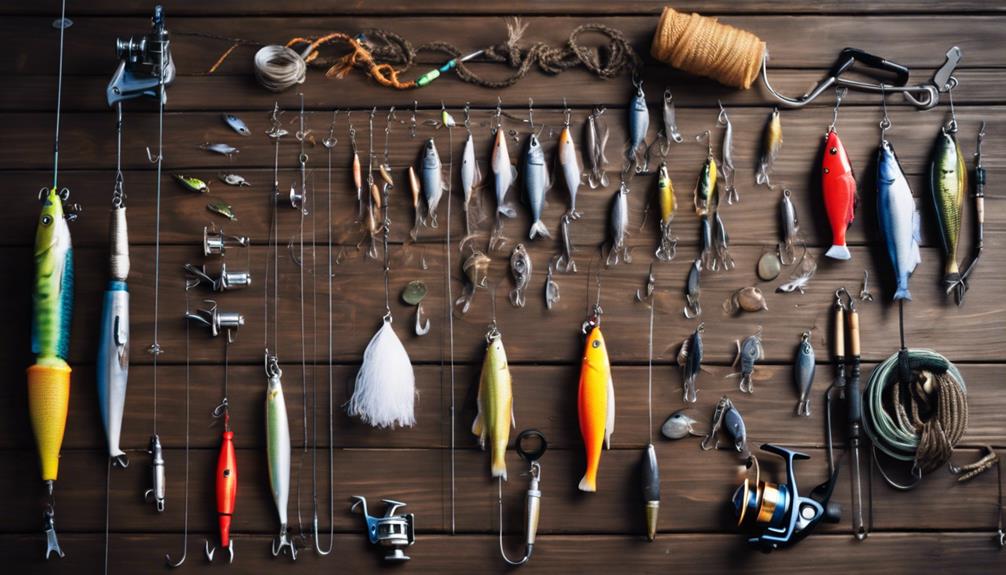
When selecting equipment for freshwater handline fishing, make sure you choose a hand line with the appropriate weight for your target fish species and fishing environment. Hand lines generally range from 80 to 100 pounds, but it's important to match this to the type of fish you aim to catch and where you'll be fishing. Consider pre-rigged hand lines for convenience or customize your setup with high-quality hooks, sinkers, and swivels. Properly tie the line to avoid losing your catch.
Keep in mind the length of the hand line as well, ensuring it matches the water depth you plan to fish in. Opt for hand lines specifically designed for freshwater fishing to tackle the challenges of these environments effectively.
Proper Bait Usage
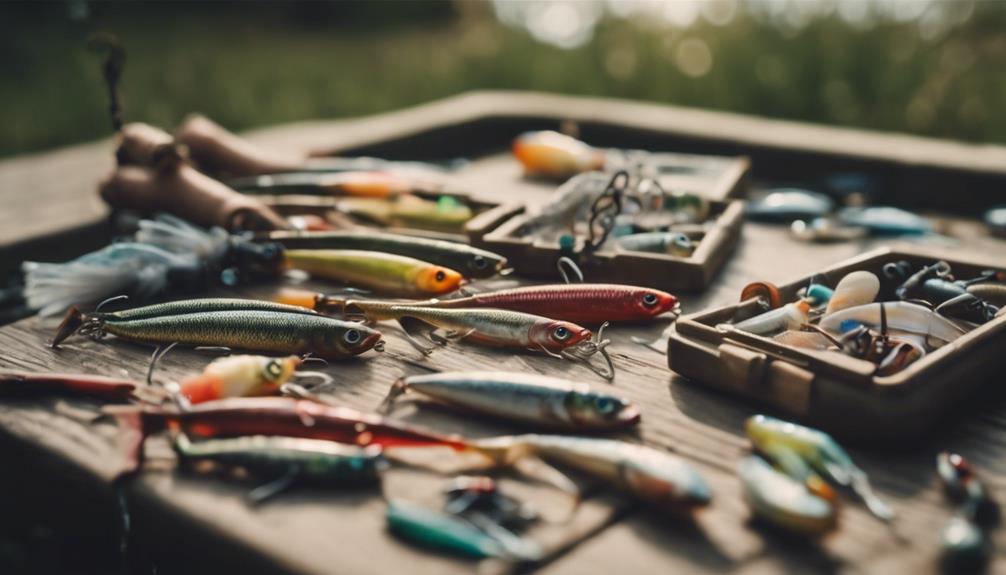
To effectively attract freshwater fish when handline fishing, choose bait tailored to the species you're targeting. Live bait such as worms, minnows, or insects can be highly effective in enticing fish to bite. If you prefer artificial lures, options like spinners, spoons, or soft plastics can also work well.
Exploring with different bait types to figure out what works best in the specific location you're fishing. When selecting bait for handline fishing, consider the behavior and feeding habits of the fish you're targeting. By understanding the preferences of the fish and adjusting your bait usage accordingly, you can increase your chances of a successful catch on your fishing rod.
Mastering Casting Techniques
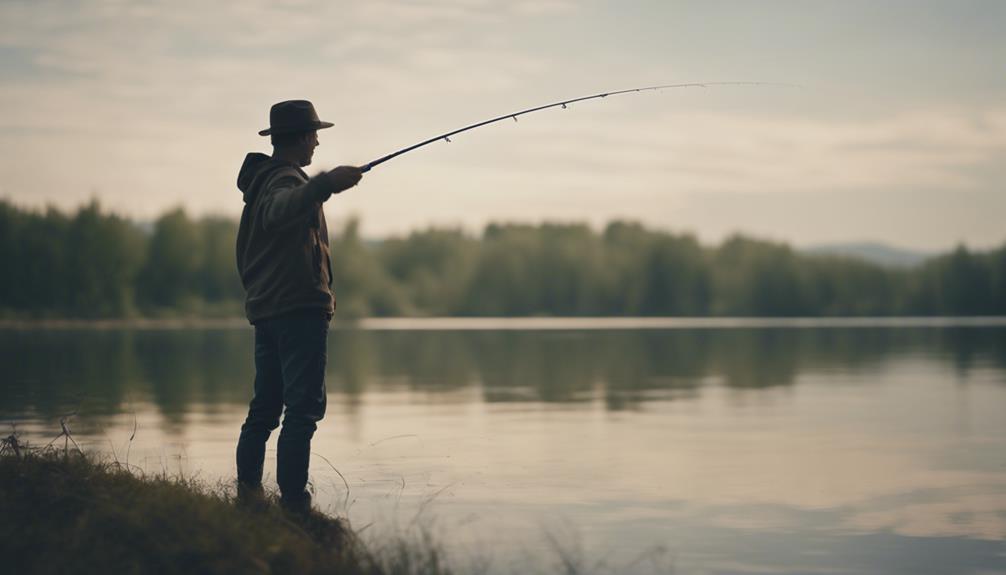
Get a firm grip on the reel to control the line effectively when mastering casting techniques for handline fishing in freshwater environments. To improve your casting skills, remember to:
- Face the direction you want to cast to enhance accuracy and distance.
- Practice controlling the line as it comes off the spool to prevent tangles or snags.
- Be prepared to react swiftly to any bites or nibbles by jerking the line to set the hook promptly.
These tips will help you become more proficient in casting your line with a hand rod, increasing your chances of a successful freshwater fishing experience.
Location and Timing
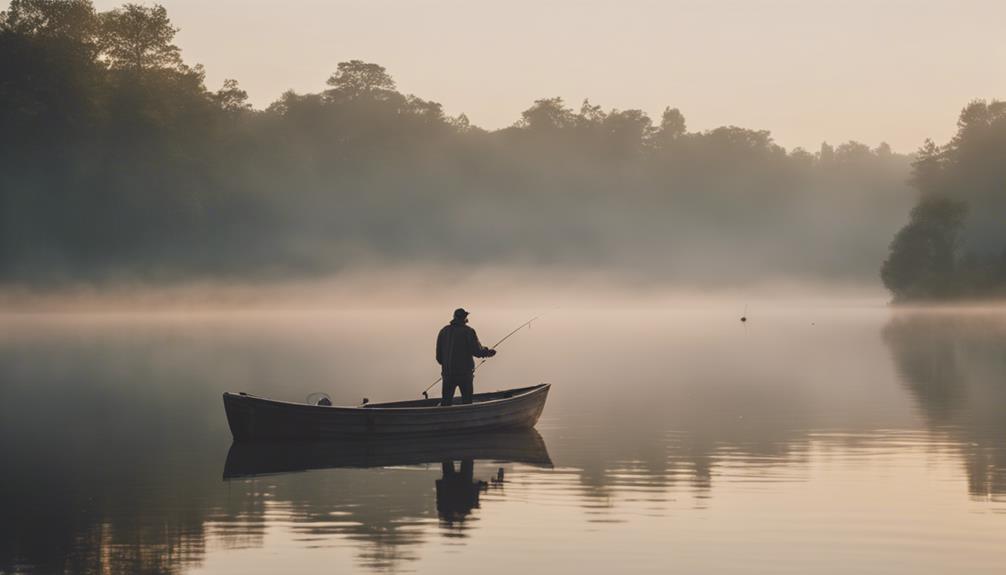
For successful freshwater handline fishing, choosing the right location and timing is essential. Look for freshwater spots teeming with fish like lakes, rivers, and streams. The best times to fish are during the early mornings or late evenings when fish are most active.
Check local fishing rules and seasons to stay compliant and boost your chances of success. Seek out areas with structure, such as rocks, fallen trees, or vegetation, where fish tend to hide and feed. Keep your line around the bottom where fish often lurk.
Consider factors like water temperature, weather, and the presence of baitfish when picking your fishing spot. By timing your fishing sessions right and selecting the perfect location, you'll increase your chances of catching a fish.
Understanding Fish Behavior
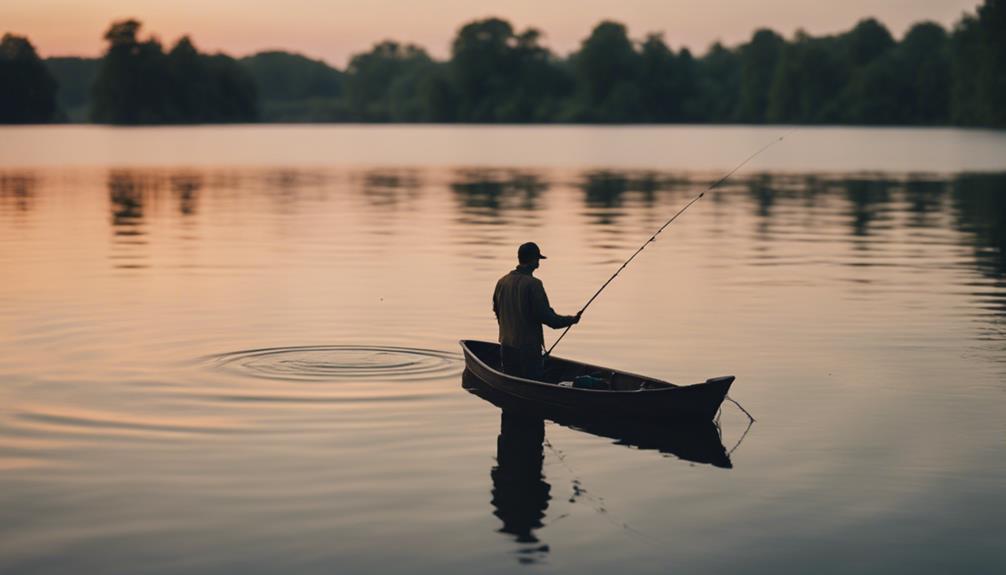
Understanding fish behavior in freshwater involves recognizing key factors like water temperature, oxygen levels, and feeding patterns that influence their movements. When fishing, keep in mind a little bit of the following:
- Water Temperature: Fish are often more active in warmer water, so try fishing in areas where the sun has been shining or where there's a source of warmth.
- Oxygen Levels: Fish require oxygen to survive, so they're likely to be found in areas with good water circulation and oxygenation.
- Feeding Patterns: Different fish species have varied feeding habits; some prefer to feed close to the bottom, so adjust your rod and reel accordingly to target these fish effectively.
Conclusion
So there you have it, follow these expert tips and you'll be well on your way to successful freshwater handline fishing.
Remember to choose the right equipment, use proper bait, master your casting techniques, fish in the right locations at the right times, and understand fish behavior.
With a little practice and patience, you'll be reeling in those big catches in no time.
Happy fishing!
👨👩👧👦 Dwight’s a married dad of 4 who loves to cast a line 🎣 into both fresh and salt waters. His heart belongs to his family and the sea. 🌊 #FamilyMan #FishingLife #DadOf4 🐟✨

